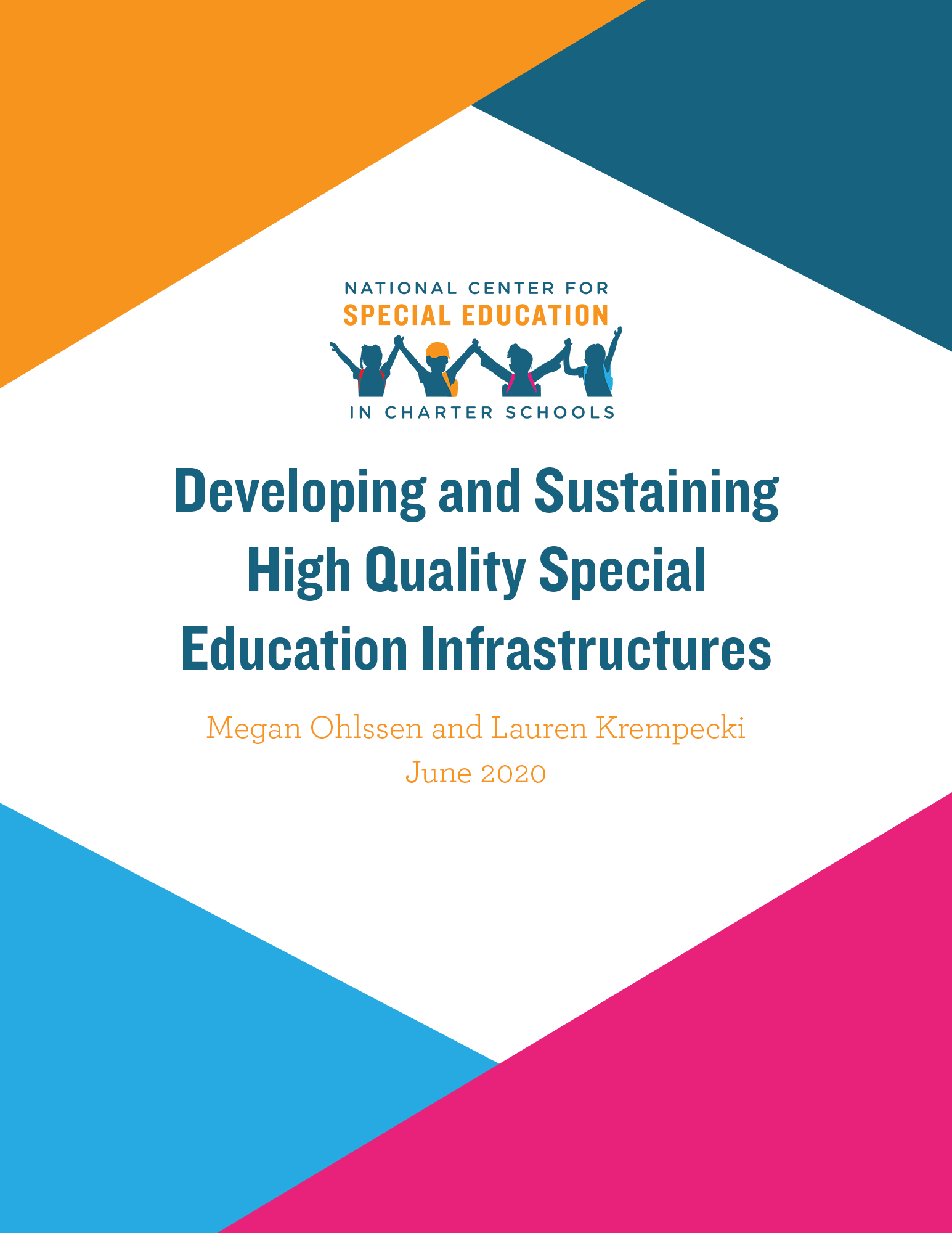While charter schools have long promised choice for students—including students with disabilities—they face many challenges in achieving that promise, including some shared by traditional public schools and some unique to the charter model.
One way charter schools can overcome these challenges is through the creation of special education infrastructures that are geared towards and sensitive to the capacity issues that face these schools. A special education infrastructure is an entity that provides a centralized support system to a cohort of charter schools, accelerating collaboration and the sharing of resources. These resources include programming that is often focused on developing schools’ fiscal, legal, human, programmatic, and administrative capacities. Special education infrastructures provide a deliberate and efficient means for charter schools to realize economies of scale, pilot new practices, access philanthropic support, and connect with providers in order to build stronger special education programs.
In this report, the National Center for Special Education in Charter Schools’s Megan Ohlssen and Lauren Krempecki provide specific, actionable recommendations for those who seek to create a new special education infrastructure, to established infrastructures that strive to expand or reorganize, and to those who provide philanthropic support to infrastructures that want to better understand the challenges and opportunities in sustaining a quality infrastructure.

Comments are closed.